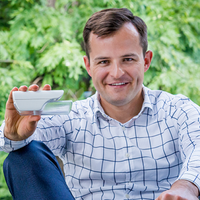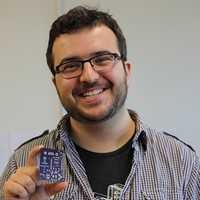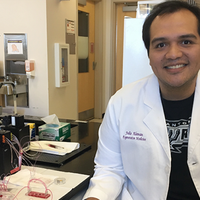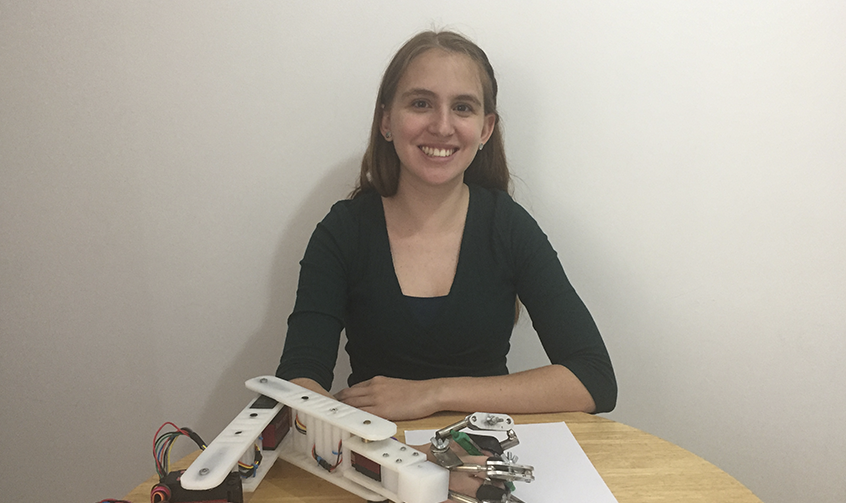Biotechnology & medicine
Maria Zuluaga Posada
Her robotic arm brace teaches, guides and corrects the hand movementsof people with motor disabilities

Europe
Łukasz Kołtowski
His portable smart spirometer will improve the lives of patients with pulmonary diseases

Asia Pacific
Yue Wan
Mapping the Shapes of RNAs at High Speed

Europe
Charles Fracchia
He is developing software and hardware tools that enable to collect previously‐uncollectable data in order to address the non‐reproducibility of experiments and build smart labs

Latin America
Julio Aleman
His tiny structures, which replicate the function of human organs, could lead to better cancer treatments
